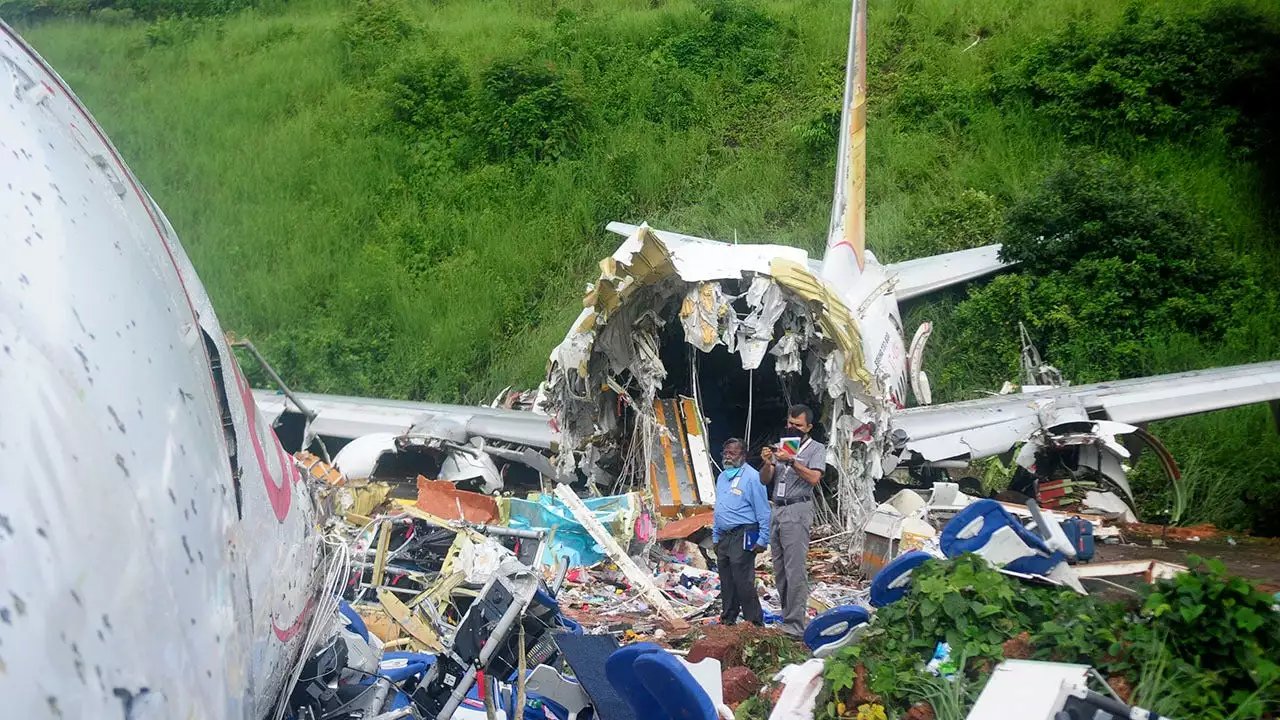Plane Crash Updates: What’s Happening in the Sky Right Now?
If you’ve ever wondered why a plane suddenly disappears from the news feed or how experts piece together what went wrong, you’re in the right place. This tag page gathers all the recent stories about plane crashes, from breaking headlines to deep‑dive analyses. Think of it as your one‑stop hub for everything you need to know when an aviation incident makes the headlines.
Every crash is a puzzle, and each piece matters. Whether it’s a commercial jet, a private charter, or a cargo freighter, the basics stay the same: a departure, a problem in the air, and a response on the ground. By reading the articles linked here, you’ll see real‑world examples of how pilots, controllers, and investigators react when things go off script.
Why Knowing About Plane Crashes Matters
First off, staying updated isn’t just about curiosity. Knowing the common causes of crashes—like engine failure, weather extremes, or human error—helps you understand the safety steps airlines take to prevent repeats. When you read about a recent incident, you’ll often see a section on what went wrong and what’s being changed to make future flights safer.
Second, crash investigations are a massive team effort. Organizations such as the NTSB (U.S. National Transportation Safety Board) or the BEA (France’s Bureau d'Enquêtes) release detailed reports that break down data from flight recorders, radar, and eyewitness accounts. Those reports are usually technical, but the articles on this page translate the jargon into plain language, so you get the gist without a degree in aerospace engineering.
How to Use This Page Effectively
When you land on the tag page, you’ll see a list of recent posts. Each title gives you a quick hint—like “Investigation Reveals Engine Stall in XYZ Flight” or “How Weather Played a Role in ABC Airlines Crash.” Click on the ones that catch your eye. Most entries include a short description that tells you the location, aircraft type, and the main cause, if known.
After you read a story, look for the “What’s Next?” or “Safety Takeaways” sections. Those bits highlight the changes airlines are making, such as new pilot training modules, upgraded aircraft sensors, or revised flight path rules. It’s a practical way to see how each accident directly influences industry standards.
Finally, if you’re the type who likes numbers, many posts feature quick stats—like how many flights have been affected, casualty figures, or the percentage of crashes linked to a specific factor. Those numbers help you put each incident in perspective and avoid sensationalism.
In a world where air travel connects us across continents, understanding plane crashes isn’t about fear—it’s about empowerment. The more you know, the better you can assess the real risks and appreciate the safety improvements that keep the skies safe.
So, keep scrolling, stay curious, and let these updates shape a clearer picture of aviation safety. Every article brings you a step closer to knowing what really happens when a plane goes off course, and how the industry works to bring us all home safely.
What was the deadliest plane crash in India history?

